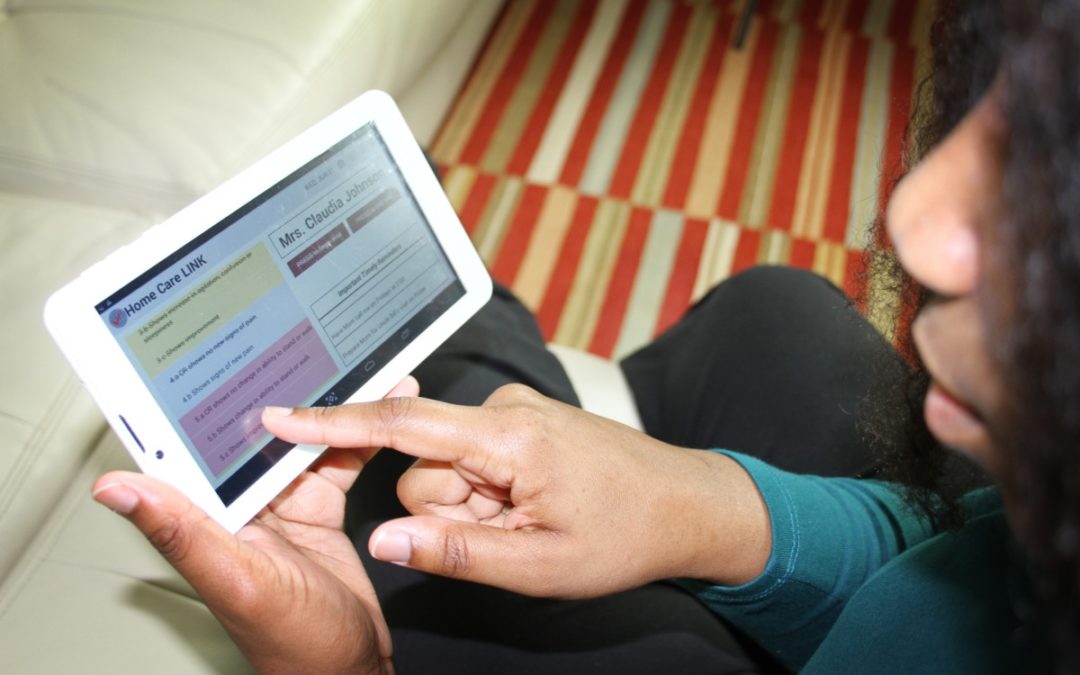For years traditional healthcare providers have been looking for ways to lower medical expenses and improve patient outcomes. The problem is especially acute for patients with one or more chronic conditions, many of whom live at home. So far, traditional results have been marginal at best.
Let’s consider a non-traditional possibility – specifically using non-medical, in-home caregiver observations. These observations are far less expensive. Caregivers have much more contact time with their care recipients. Can these observations be valuable? Early research indicates – Yes! Plus, “relatively few false positives”1.
While caregivers cannot replace providers, their observations do have the potential to lower costs and improve outcomes. Since the potential value is so great – Why not explore alternatives?
There are many reasons why not, but fundamentally it represents a major change to the provider culture and bureaucracy. Providers have proven to be conservative, risk averse, and slow to look outside their own environment.
Of course, the caregiver environment is not perfect. To take better advantage of the caregiver support; their observations need to be structured. Secondly, there needs to be a way to integrate these observations into the provider environment. Both are doable, but specific methods need to be explored.
One such alternative is Home Care LINK. This home health care management software supports the day to day needs of the person/organization arranging the caregivers, as well as the means to monitor and report care recipient observations to their medical providers.
Home Care LINK – A Specific Alternative
Home Care LINK (HCL) has developed an approach that can be used by any caregiver (family member, neighbor/volunteer, paid caregiver, etc.) to record their activities – actions and observations. Every care home software includes the caregiver’s name, the date and time, as well as the GPS where the recording took place.
In addition to these human observations, it may be possible to integrate data recorded by home medical devices and elder care software. Many of the newer devices and caregiver support program have open APIs that permits information to be sent to other devices, such as the Home Care LINK data collection device. Plus, the human caregiver may be able to explain why the device with caregiver performance review software may not be working properly.
The collected raw data is automatically sent to a carelink home health care services at the end of each caregiver’s visit. The web based home care management software transforms raw data into useful information, sends alerts, and creates multiple reports. This information is immediately available to all authorized users on the home care software.
Essentially, HCL is a non-medical “tele-” approach that can be used by a wide variety of caregivers and integrated with some of the newer home medical devices. It is simpler and much less expensive than other telemedicine approaches. The Home Care LINK service is available for either tablets or smartphones (Android or Apple).
In many cases, the recorded activities (human and device) are based on providers’ checklists that are customized for a particular care recipient. Each HCL observation is prioritized as normal or critical. If a critical observation is recorded, automatic alerts are sent (via text or email) to whomever the care manager has designated.
Unfortunately, many recipients have multiple conditions supported by multiple providers. In that case a provider will need to appropriately customize the various required activities. HCL is easily customized to each care recipient.
Home care LINK also features “medication reminders”. This feature focuses on loading a simple pill box/organizer and monitoring a patient’s usage. Results are recorded and sent.
Many professionals and family members believe the concept of using non-medical caregiver observations has great promise; however, going from concept to implementation remains a challenge.
Next Step – Implementation scenarios and business models need to be tested to confirm that structured caregiver observations integrated with home medical devices do reduce healthcare costs and improve patient outcomes.
1. “Preliminary Data on a Care Coordination Program for Home Care Recipients”, The American Geriatrics Society Journal, August 2016.

